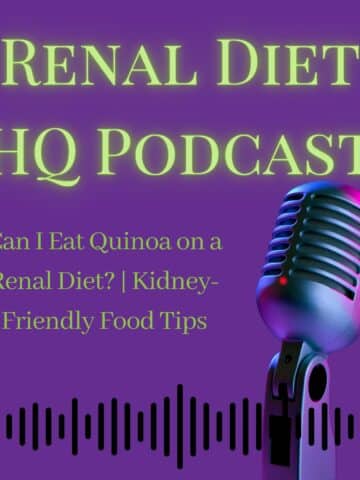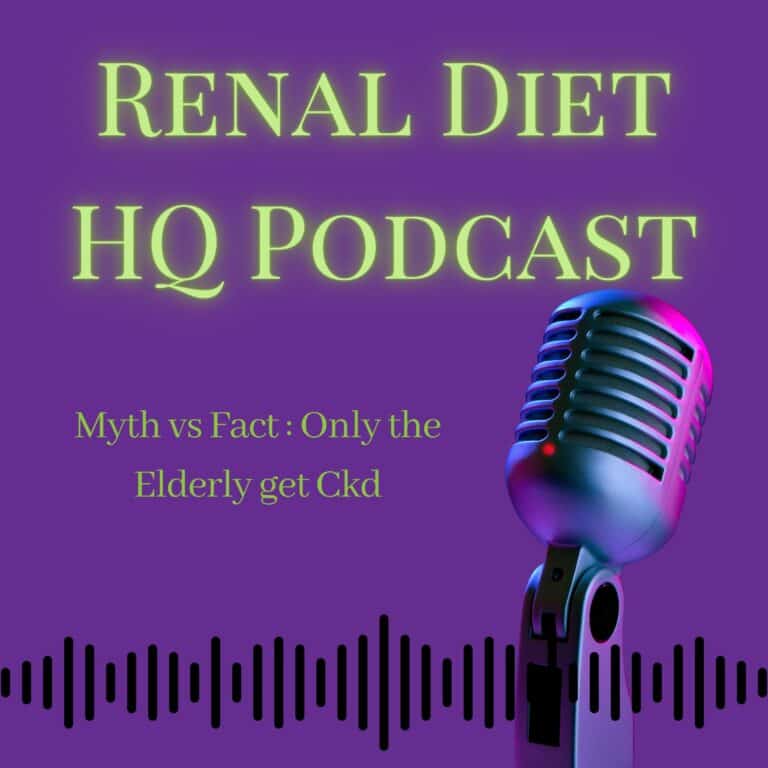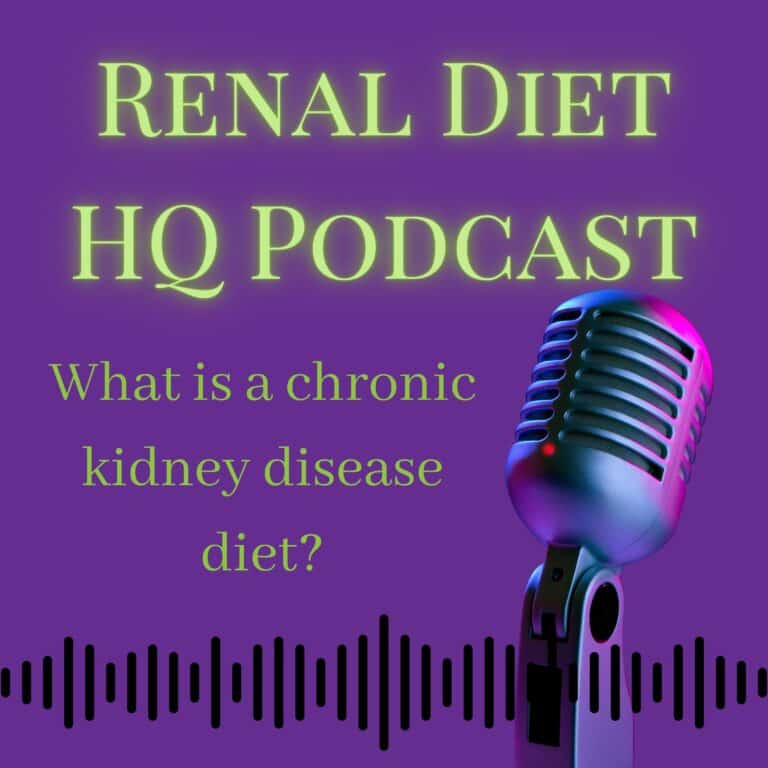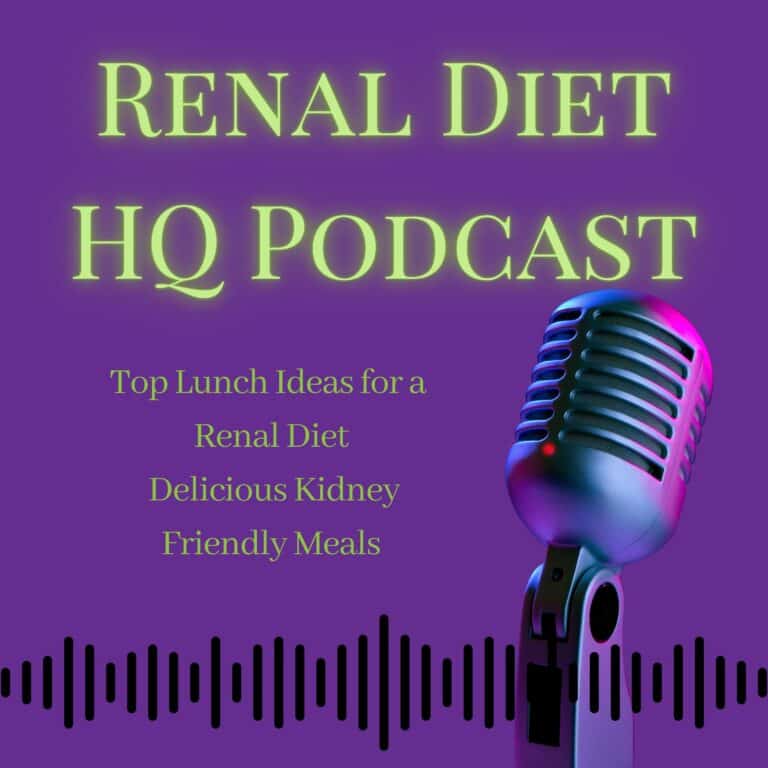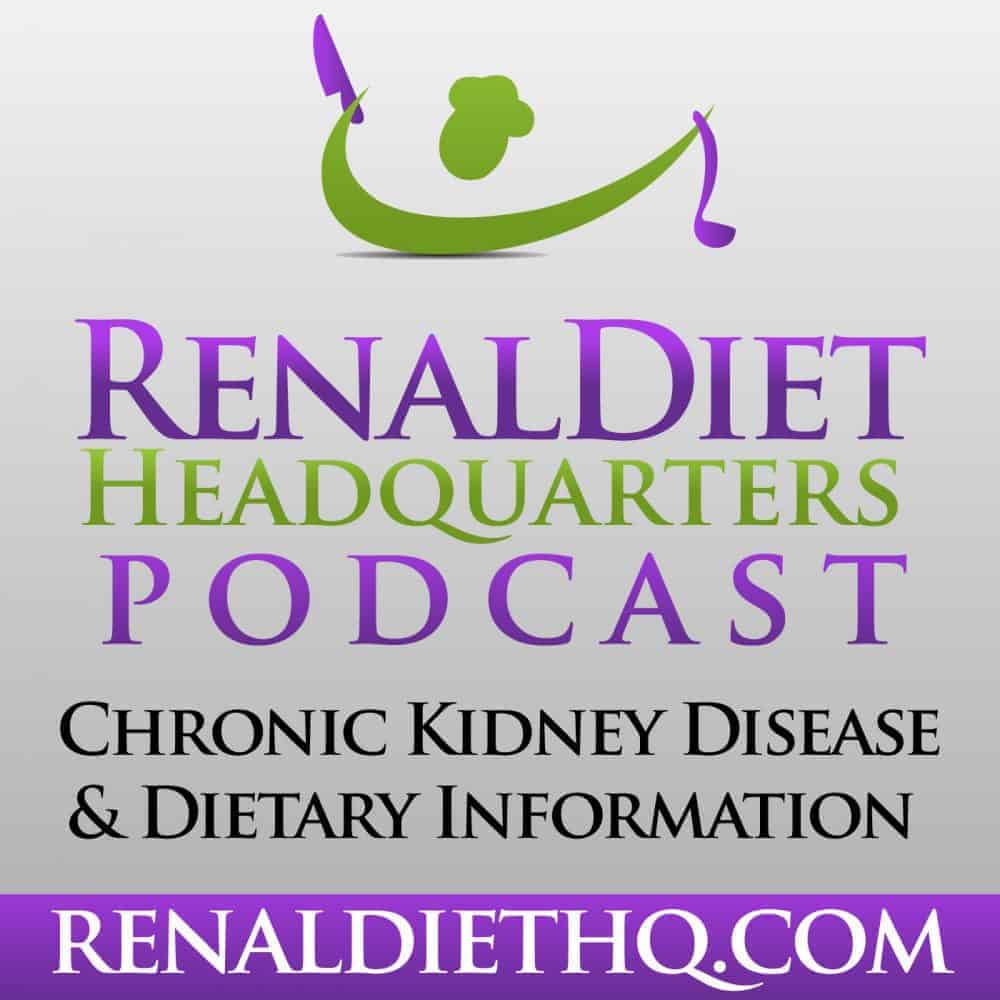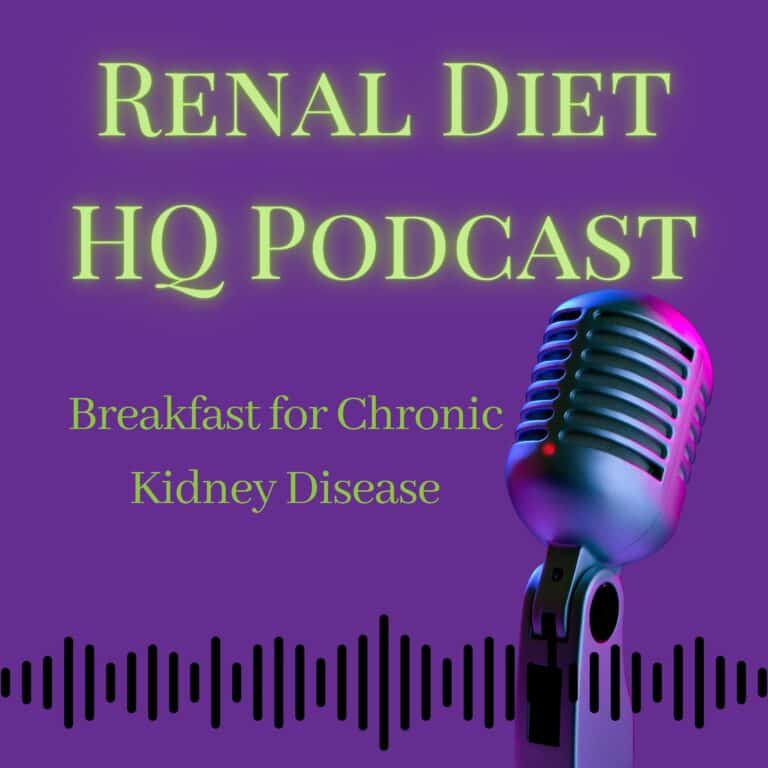What should I know about Canned Foods?-Podcast
Podcast: Play in new window | Download

Canned foods like soups, vegetables, and beans can be convenient and affordable staples in any kitchen. But for people living with chronic kidney disease (CKD), it’s essential to pay close attention to what’s inside the can—especially when it comes to sodium. In this blog post, we’ll explore how to safely enjoy canned foods without compromising your kidney health.
For More Recipes and Ideas --->> Get Your Free Meals and Recipes That Are Perfect for Pre-Dialysis Diets, Pre-Dialysis with Diabetes, or Dialysis Diets.
The Hidden Risk in Canned Foods: Sodium
Many canned products, including soups, beans, and vegetables, are loaded with added salt. That extra sodium can be problematic if you have CKD. High sodium intake contributes to high blood pressure and fluid retention—two things you definitely want to avoid when managing chronic kidney disease.
Fortunately, the solution isn’t to eliminate canned foods entirely. Instead, it’s about making smart choices to reduce sodium and keep your kidneys healthier.
Good News: You Don’t Have to Avoid Canned Foods
Yes, you read that right! You don’t need to cut canned foods out of your diet completely. With just a few modifications and some label-reading skills, you can still enjoy the convenience of canned goods in a kidney-friendly way.
Kidney-Friendly Tips for Choosing and Using Canned Foods
✅ Look for Low-Sodium or No Salt Added Options
Many brands now offer low-sodium or no salt added versions of canned vegetables, beans, and soups. Make it a habit to read the nutrition label carefully.
Pro tip: Look for products with 140 mg of sodium or less per serving. That’s a good benchmark to keep sodium levels in check.
✅ Rinse Before You Eat
Rinsing is one of the easiest and most effective ways to reduce sodium in canned foods. Drain the liquid and rinse canned beans and vegetables under cold running water for about one minute. This simple step can cut sodium content by up to 40%.
✅ Dilute Canned Soups
Canned soups are often high in sodium, but you can make them more kidney-friendly by diluting them. Add extra water or unsalted broth to the soup to lower the sodium concentration per serving. You can also enhance the meal by mixing in fresh or frozen vegetables.
Canned foods don’t have to be off-limits if you’re managing chronic kidney disease. By choosing low-sodium options, rinsing your vegetables and beans, and diluting soups, you can continue enjoying these convenient pantry staples while protecting your kidney health.
Remember: a kidney-friendly diet doesn’t have to be bland or boring—it just needs to be smart. Keep these tips in mind, and you’ll be well on your way to healthier eating with CKD.
Want more tips on kidney-friendly eating? Subscribe to our newsletter and explore expert-backed resources at RenalDietHQ.com.
👀 Looking for More Kidney-Friendly Nutrition Tips?
Learn more about Plant-Based Meats vs Animal Proteins for Kidney Health?-Podcast
Learn more about Navigating Summer Events with Chronic Kidney Disease- Podcast
More Renal Diet HQ Podcast
- Can I Eat Quinoa on a Renal Diet? | Kidney-Friendly Food Tips-Podcast
- Which Drinks Are SAFE for a Renal Diet? The Answers Might Surprise You!-Podcast
- What BBQ Foods Are Kidney-Friendly? Let’s Break It Down!-Podcast
- What do I need to know about Adjusting my Medications as Kidney Function Changes-Podcast

